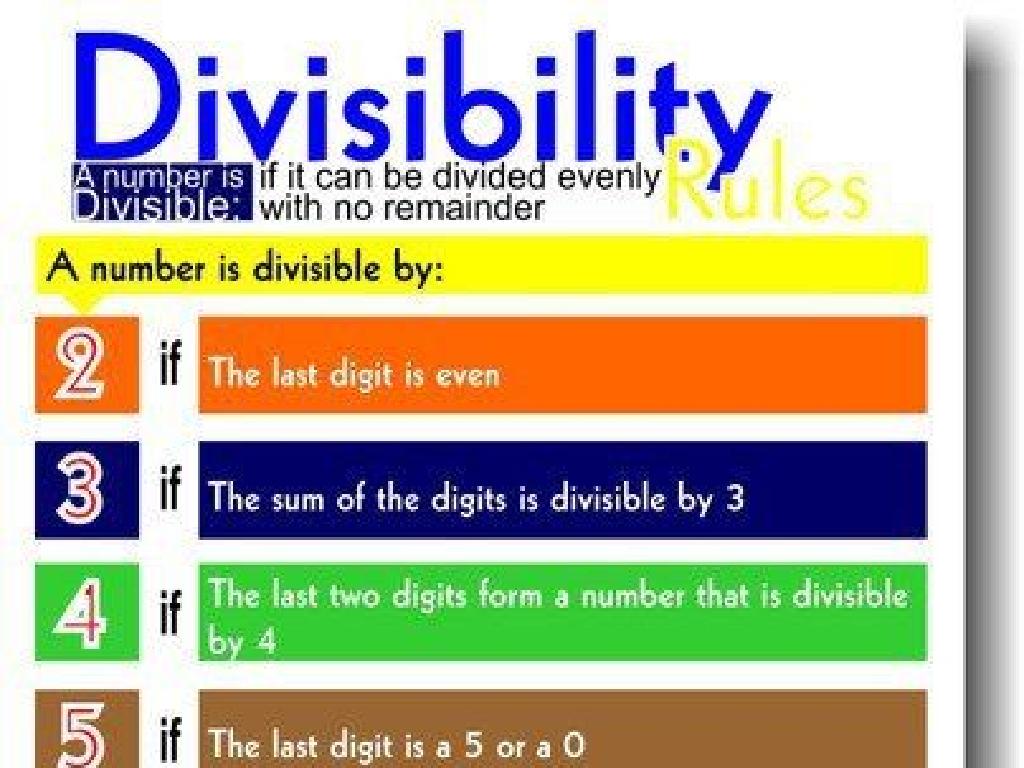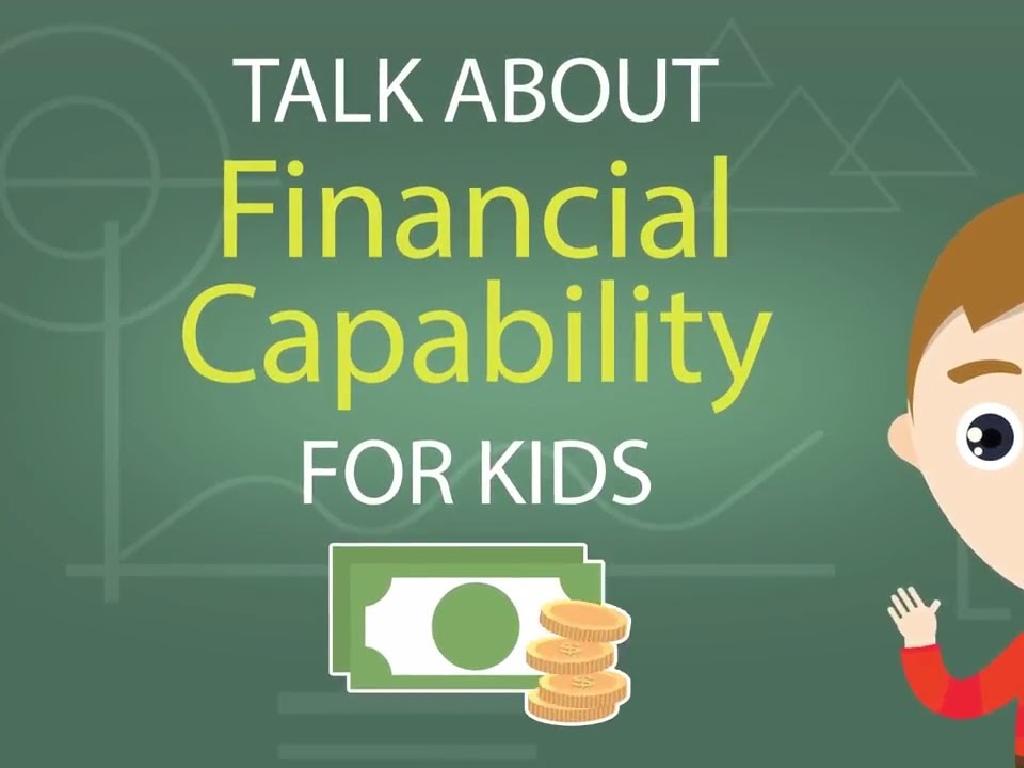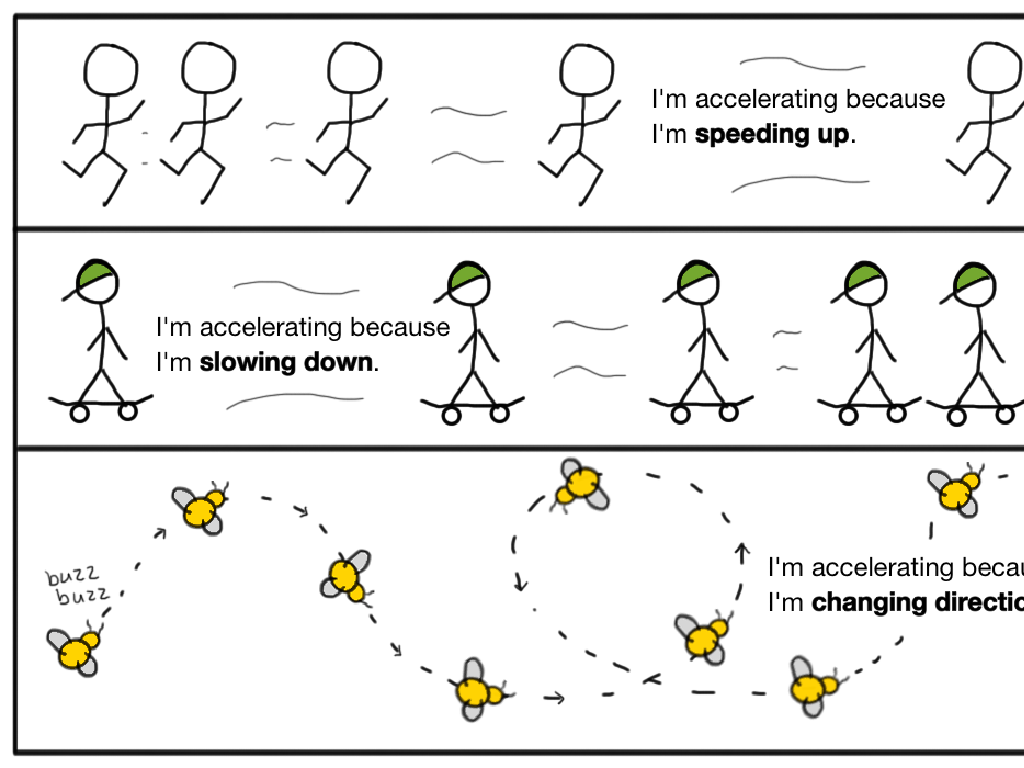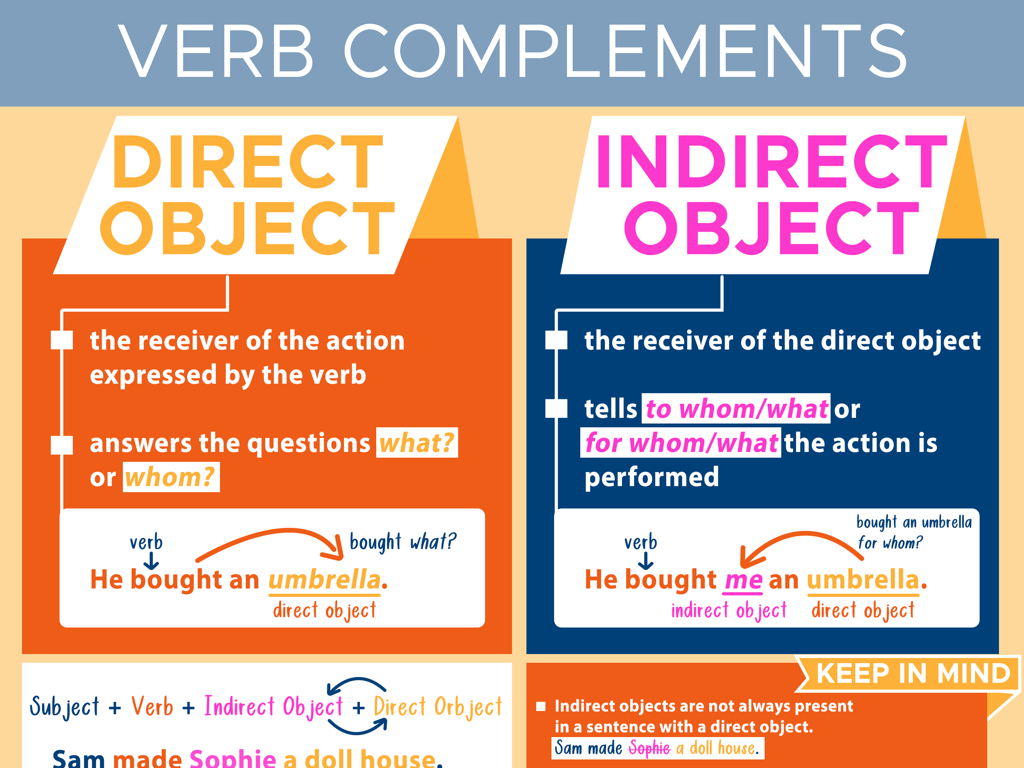Is The Sentence Simple Or Compound?
Subject: Language arts
Grade: Third grade
Topic: Sentences, Fragments, And Run-Ons
Please LOG IN to download the presentation. Access is available to registered users only.
View More Content
Today’s Adventure: Simple vs. Compound Sentences
– What is a simple sentence?
– A simple sentence has one subject and one verb.
– Discovering compound sentences
– Compound sentences have two or more ideas joined by a conjunction like ‘and’ or ‘but’.
– Becoming sentence detectives
– Practice makes perfect
– We’ll practice identifying simple and compound sentences together.
|
This slide introduces the concept of simple and compound sentences to third-grade students. Begin by explaining that a simple sentence expresses a complete thought with just one subject and one verb. Then, introduce compound sentences as those that combine two or more simple sentences with conjunctions such as ‘and’, ‘but’, or ‘or’. Encourage the students to become ‘sentence detectives’ by looking for clues that tell them whether a sentence is simple or compound. Provide plenty of examples and practice sentences for the students to work on, and make sure to praise their efforts as they learn to distinguish between the two types of sentences.
Understanding Sentences
– What makes a sentence
– Sentences have subjects
– Who or what the sentence is about
– Sentences have predicates
– What the subject does or is
– Example of a simple sentence
– ‘The cat’ is the subject, ‘is sleeping’ is the predicate
|
This slide introduces the basic concept of a sentence to third-grade students. A sentence is not just a random collection of words; it must express a complete thought. It’s important to explain that every sentence has two essential parts: a subject and a predicate. The subject tells us who or what the sentence is about, and the predicate tells us what the subject is doing or what state it is in. Use the example provided to illustrate these parts clearly. ‘The cat’ is the subject of the sentence because it’s what the sentence is about, and ‘is sleeping’ is the predicate because it tells us what the cat is doing. Encourage students to come up with their own sentences and identify the subjects and predicates to reinforce the concept.
Simple vs. Compound Sentences
– What is a simple sentence?
– A sentence with just one subject and one verb
– One independent clause
– It expresses a complete thought
– Example: ‘The dog barks.’
– Subject: ‘The dog’, Verb: ‘barks’
|
In this slide, we’re introducing the concept of simple sentences to third graders. A simple sentence is the most basic type of sentence that we use in English. It contains only one independent clause, which means it has one subject and one verb, and it expresses a complete thought. An example of a simple sentence is ‘The dog barks.’ where ‘The dog’ is the subject and ‘barks’ is the verb. This sentence is complete because it has both a subject doing the action and the action itself. During the lesson, emphasize the simplicity of these sentences and encourage students to identify the subject and verb in each example. Ask students to come up with their own simple sentences to reinforce the concept.
Understanding Compound Sentences
– Compound sentence structure
– Two or more independent ideas in one sentence.
– Use of conjunctions
– ‘and’, ‘or’, ‘but’ connect these ideas.
– Example of a compound sentence
– ‘I ran fast, but I missed the bus.’
|
A compound sentence is like a train with two or more cars (independent clauses) connected by links (conjunctions). Each car can stand on its own, but together they make a bigger sentence. Teach the students that conjunctions are like glue that holds the sentence parts together. Use everyday examples to illustrate compound sentences, such as describing two things they did in a day, joined by ‘and’. Encourage them to create their own compound sentences using conjunctions to connect their ideas.
Let’s Practice: Simple or Compound Sentences
– Identify if sentences are simple or compound
– Check each sentence for subjects and predicates
– Subjects do the action, predicates tell about the action
– Look for conjunctions in the sentence
– Conjunctions like ‘and’, ‘or’, ‘but’ connect clauses
– Decide: Is it a simple or a compound sentence?
– Simple has one subject and predicate, compound has more with conjunctions
|
This slide is for a class activity where students will practice distinguishing between simple and compound sentences. Start by explaining that a simple sentence has one subject and one predicate, while a compound sentence has more than one subject or predicate, usually connected by conjunctions like ‘and’, ‘or’, ‘but’. Display sentences on the board one by one and ask students to identify them as simple or compound. Encourage them to explain their reasoning, focusing on the presence of conjunctions and the number of subjects and predicates. This activity will help reinforce their understanding of sentence structure and improve their grammar skills.
Simple vs. Compound Sentences
– ‘The sun is bright.’: Simple or Compound?
– A simple sentence has one subject and one verb.
– ‘The sun is bright, and the sky is blue.’: Simple or Compound?
– A compound sentence has two or more independent clauses joined by a conjunction like ‘and’.
|
This slide is aimed at helping third-grade students differentiate between simple and compound sentences. Start by explaining that a simple sentence expresses a complete thought with just one subject and one verb. Then, introduce the concept of a compound sentence, which combines two independent clauses with a conjunction. Use the examples provided to illustrate these points. For ‘The sun is bright.’, highlight that it has one subject (the sun) and one verb (is), making it a simple sentence. For ‘The sun is bright, and the sky is blue.’, point out the two independent clauses ‘The sun is bright’ and ‘the sky is blue’, joined by the conjunction ‘and’, making it a compound sentence. Encourage students to create their own examples and share them with the class.
Sentence Creation Activity
– Write a simple sentence
– A simple sentence has one subject and verb.
– Write a compound sentence
– A compound sentence has two or more ideas.
– Use your favorite animal
– Share your yesterday’s activity
|
This slide is designed to engage students in creating their own sentences to understand the difference between simple and compound sentences. For the simple sentence, students should focus on a single idea about their favorite animal. For the compound sentence, they should connect two ideas about their activities from yesterday using a conjunction like ‘and’, ‘but’, or ‘so’. Encourage creativity and ensure they understand the structure of each sentence type. During the next class, students can share their sentences and discuss the differences. This activity will help solidify their understanding of sentence structures.
Class Activity: Sentence Scavenger Hunt
– Pair up for a sentence hunt
– Find simple and compound sentences
– Look in books for sentences with just one idea (simple) or more than one (compound)
– Share your discoveries
– Classify each sentence together
– Decide if each sentence has one complete thought or two joined by ‘and’, ‘or’, ‘but’
|
This interactive activity is designed to help students identify simple and compound sentences. Students will work in pairs, fostering teamwork and collaborative learning. They will search through classroom books to find examples of both types of sentences. After collecting examples, each pair will present their findings to the class, explaining why they classified the sentences as simple or compound. This will help reinforce their understanding of sentence structures. As a teacher, facilitate the activity by guiding students on what to look for and providing assistance as needed. Encourage students to explain their reasoning during the sharing session to deepen their comprehension.
Becoming Sentence Experts!
– Congratulations, sentence detectives!
– Understanding simple vs. compound
– Simple sentences have one idea, compound have two joined by ‘and’, ‘but’, or ‘or’.
– Practice makes perfect
– Keep looking for clues in sentences as you read and write.
– You’re on your way to expertise!
|
This slide is meant to wrap up the lesson on simple and compound sentences. Praise the students for their hard work and reinforce the key points of the lesson. Remind them that a simple sentence contains one independent clause, while a compound sentence contains at least two independent clauses connected by a conjunction like ‘and’, ‘but’, or ‘or’. Encourage them to continue practicing by identifying simple and compound sentences in their reading and writing. This ongoing practice will help solidify their understanding and improve their ability to construct sentences effectively.






